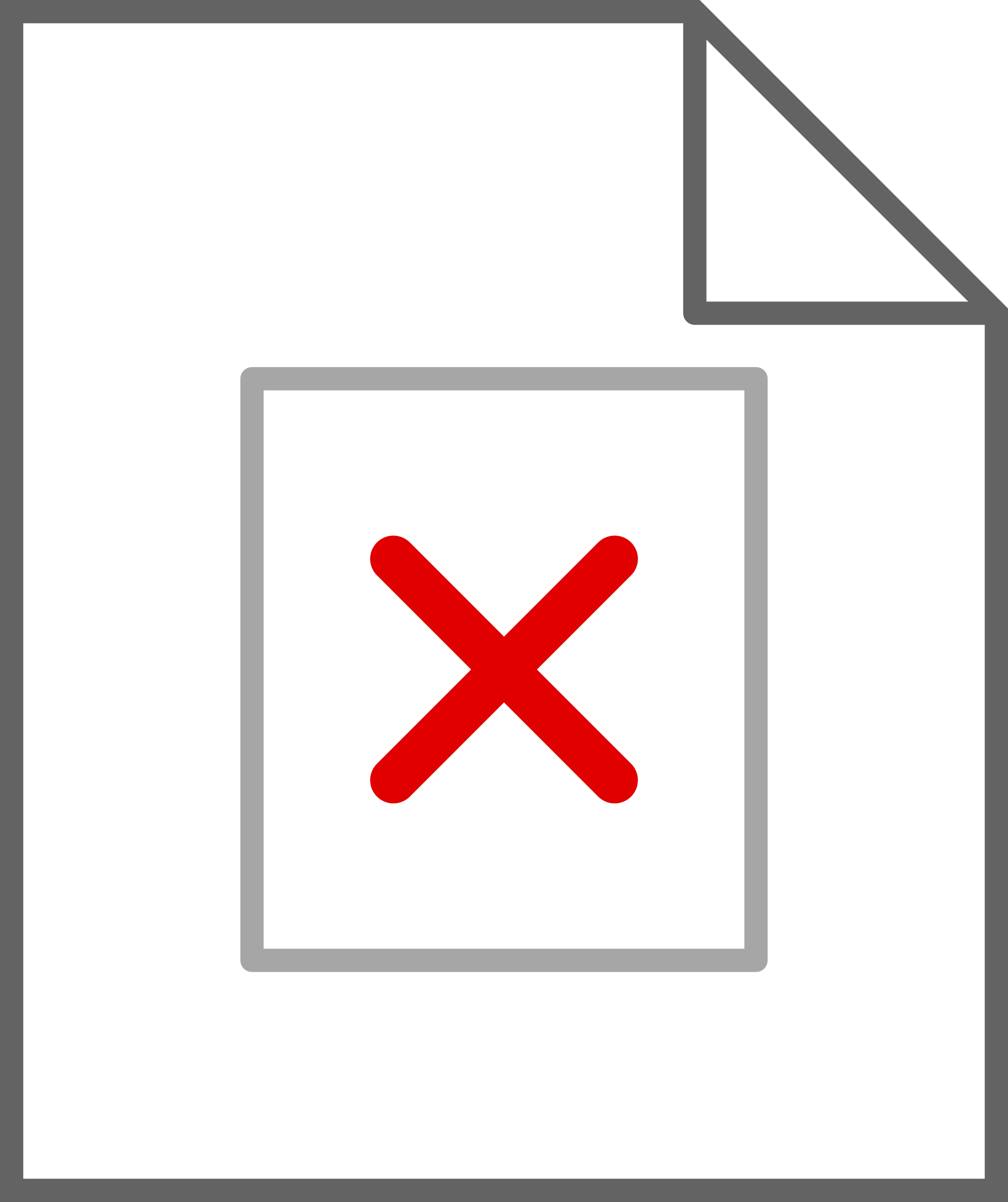J3 is the 3rd month that starts with J so it’s July. 49 is the 49th day of July so August 18th. easy peasy
I think this means it expires 349 months after the presidency of Lyndon B. Johnson.
This makes the most sense.
This is the most sound flogic I have ever witness, I shall now bow down to the Grand Nagus of flogic as I am not worthy to stand with thee
L stands for leap year, so that tracks.
Late June in the year 349
Actually I have no idea, it’s an odd bunch of initials
Lol, this doesn’t make any sense at all.
It’s Late July obviously
lol
Lol, I was going to say last June
It might be the Julian date (I have no idea where the name comes from) which is just basically January 1st is 001, December 31st is 365, and the rest of the year is between. So this would be around December 15th.
We used it for food expirations on some things at the convenience store I used to work at.
The name comes from the name of the person who first proposed the Julian Calendar, Julius Caesar.
Wow. Calendars AND salads? Is there anything that man couldn’t do?
He couldn’t stop himself get stabbed in the back by his homies.
Don’t forget the child delivery method!
He was a buay man with all the salad and calendar making and had no time to just wait around for a kid to come out whenever they felt like it.
And a haircut!
Seems useful if you’re trained to read these, but it seems like a kinda shitty system to be slapping on stuff for sale to the general public.
I suspect they did it so people wouldn’t be put off from buying something close to expiration.
In fairness to the people I worked for, they only put it on stuff with a short shelf life anyway, so it was all fairly close to expiring. Also, it was a convenience store. Most people ate it right away.
This seems to be the most probable answer although I have no idea what year it is.
Former grocery manager here. There are companies that purposely sell these weird cryptic date formats. I would always need to go look for their certain code to figure out what it translates to. I can’t remember why either other than it’s not normal and we just dealt with it.
They do that with glues at my job. The code supposed to be used for quality control. Like first letter plant it was manufactured in and the second the month and so on. I think it dumb. Never seen it on food before.
Best sniffed before?
Some uk supermarkets have started dropping the use by date in favour of codes like this. https://www.bbc.co.uk/news/business-45786012 The article says it’s to reduce waste and that staff will have special training to know when to bin stuff. I imagine the training is in how to read the codes.
What duck heads
Should I call customer support every time I’m about to cook dinner?
Fresh produce has it here in there Netherlands as well. Or our supermarket has for the last few years, a letter specifies the day of the week (Monday = A) and then the week number.
Week number we printed on the sticker machines and stuck on the start of every isle just to make it easier.
Genius!
I mean… Expiration dates are mostly a lie anyway. Just do the sniff test, probably fine.
But, on topic, I do appreciate the post since that’s weird.
It’s frozen, so it’s edible as long as it stays that way. It’s “good” until it’s too freezer burnt though.
Hard to do a sniff test on an unopened item in the store. I know that’s not this exact scenario, and best by dates are iffy at best, but I’d like to have some notion of how long the product I’m about to buy has been around.
At the homebrewing store I used to frequent, I always picked through the cooler for the youngest yeast. Then they moved the cooler behind the cash registers and they clerks would just grab the one in the front. Then stupid Northern Brewer shut down all their retail stores.
Have you considered propagating your own yeast? You’re pretty much already doing it when you make beer, it’s super easy.
I definitely considered it but I haven’t brewed in about 6 years.
At least it doesn’t say LV426…
??
That’s the planet they go to in the original Alien movie. e: and the sequel as well
Not sure about LJ… but 349 could simply refer to the day number. Day 349 this year is December 14th.
This is using the Julian calendar (standard calendar for most things)… maybe the J in LJ?
deleted by creator
OP was pretty clear on not actually knowing.
I’m no expert but I think that’s the planet from Alien and Aliens.
Close… That moon’s called LV426
It refers to the year of our Lord J-town 349.
349th day of Lindon B Johnson’s term.
That looks like a failure to regulate and standardize expiration date format which ultimately benefits corporations and fucks the consumer.
It’s best before the amount of time it takes to do 349 Oh Long Johnsons.
deleted by creator
I looked around the packaging for other clues as suggested by another Lemming but I didn’t find anything. In fact I found the same thing printed on the front.

On a Chinese food package, “Best Before LJ349” typically refers to the expiration date, although the code “LJ349” doesn’t follow a standard date format. In this context, “LJ349” is likely a batch code or internal reference used by the manufacturer. The manufacturer uses this code to track production specifics, such as the location or production line and date.
It’s Japanese not Mandarin too. I see うなぎ - unagi, which is definitely Hiragana
Edit: Now that I think about it though, Unagi is written in katakana I think? ウナギ, so maybe it is Chinese and they just poorly tried to translate
Julian date format, Dec 14th (349th day of the year)
The LJ prefix is some manufacturer code, not relevant to exp date














